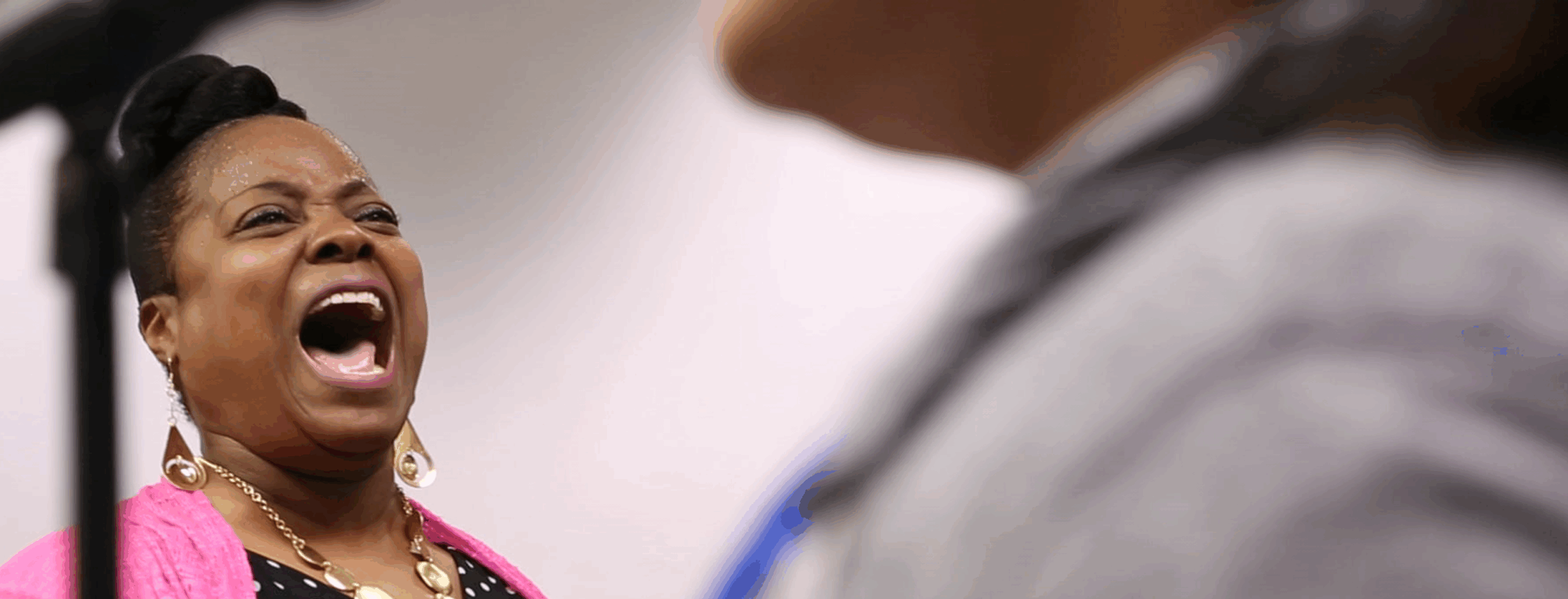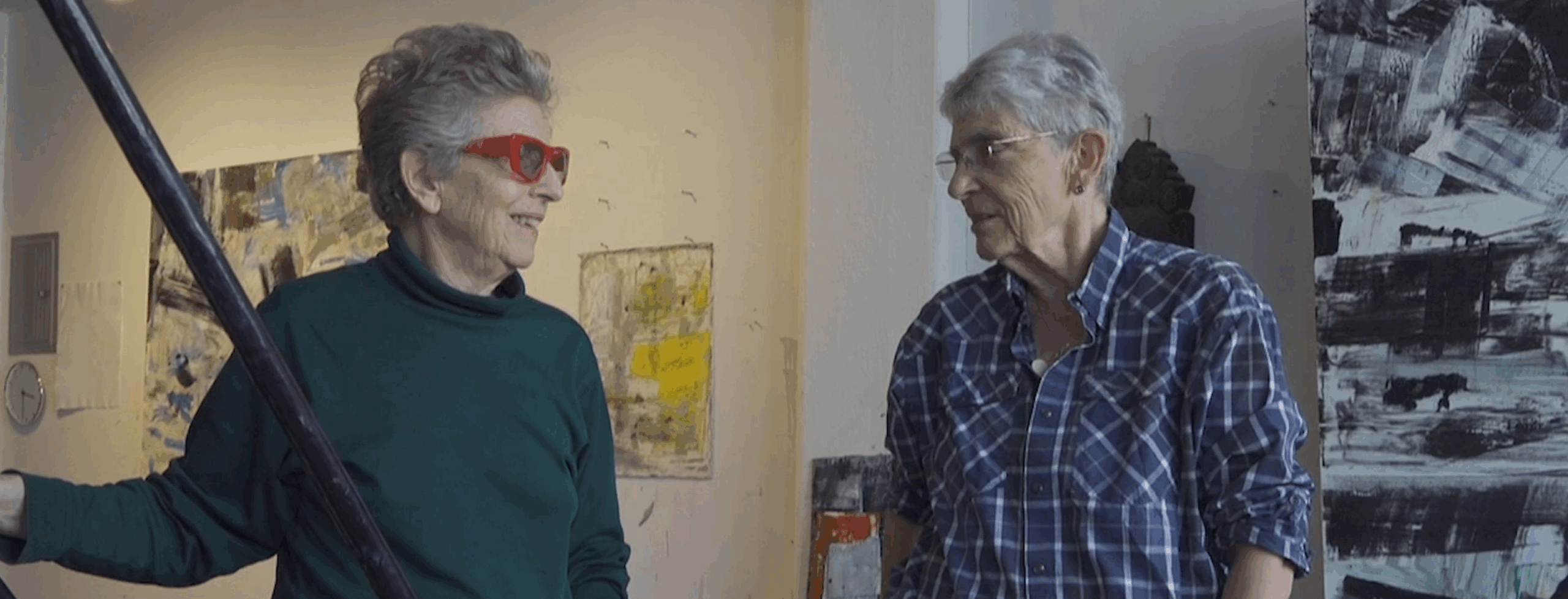
Best Practices for Applying to Documentary Grants: Part 2
Crafting a Strong Application—Logline, Topic Summary, and Film Summary
Understanding the grant landscape is crucial, but equally important is crafting an application that stands out. The logline, topic summary, and film summary are not just sections of your proposal, they are the narrative backbone that can make or break your application. These elements must hook the reader, clearly communicate your film’s vision, and demonstrate why your story matters.
This article is Part 2 of a three part series designed to provide you with practical strategies to navigate the documentary grant landscape and make your application stand out.
How to: Write a Powerful Logline
When it comes to documentary loglines specifically (as opposed to fiction), the goal shifts a bit. You’re still trying to be clear, compelling, and concise, but there are some particular nuances that make documentary loglines effective.
1. Introduce the Core Subject or Character Quickly Start with Who or What the documentary is about. In a few words, give the audience someone (or something) to care about immediately.
Ex: “An aging sushi master and his son battle tradition and ambition in a tiny Tokyo restaurant, chasing perfection at any cost.” – Jiro Dreams of Sushi, 2011
2. Set Up the Conflict or Tension
Good documentary loglines frame a central conflict, question, or tension—not just a topic. Even if it’s a vérité, slice-of-life doc, audiences need a sense of what emotional, ideological, or existential stakes are at play.
Ex: “Facing eviction by billion-dollar developers, a group of eccentric New Yorkers fights to save their crumbling, beloved apartment building.” – The Lost Arcade, 2015
3. Highlight the Why Now
Especially for contemporary subjects, a good logline can hint at urgency or relevance without being preachy. Make the audience feel: this is not just interesting, it matters now.
Ex: “With misinformation threatening democracies worldwide, a team of fact-checkers in the Philippines battles fake news, intimidation, and corruption.” – A Thousand Cuts, 2020
4. Convey Tone
Word choice should hint at what kind of ride we’re in for. Is this heavy and harrowing? Light and inspirational? Darkly funny? Even a couple well-chosen adjectives can guide the feeling.
Ex: “In a chilling twist on history, former Indonesian death squad leaders reenact their mass killings in the style of Hollywood movies, exposing the blurred line between atrocity and fantasy.” – The Act of Killing, 2012
5. Keep it to 1-2 Sentences
Most great documentary loglines are between 25-50 words max. It’s not a synopsis—it’s the bait that makes someone want to ask for more.
Bonus: A Simple Formula (not strict, but helpful)
[Subject] faces [conflict/problem/question] and [stakes or consequence], [all while tone].
Common Mistakes in Documentary Loglines
- Too broad: “It’s about the immigrant experience.” What specifically? Whose experience?
- Too expositional: “It details the history of the jazz movement.” What’s the emotional entry point?
- No stakes or urgency: “It explores happiness.” Okay… why should we care right now?
- Trying to fit the whole doc into it: Less is more.

How To: Craft an Impactful Topic Summary
A Topic Summary is your chance to frame the world of your film and its bigger context without getting bogged down in a full synopsis or character journey. Funders want to know Why Now? and Why You?
To show your command of the subject matter, why it’s relevant, and why your take on it is fresh, urgent, or necessary think of it like this:
- Logline = Hook the reader emotionally.
- Topic Summary = Give them enough background and framing to trust you know what you’re doing.
A Strong Topic Summary Should:
Define the Big Idea Clearly: State what your documentary is really about—specifically. Don’t just say “climate change” or “social justice”—pinpoint the specific issue, angle, or event you are exploring. Funders need to immediately understand your subject and the stakes at play. You’re answering: “What exactly is this film about, and why should I care?”
Contextualize the Subject Matter: Connect your film’s story to larger social, political, historical, or cultural issues. Briefly show the bigger forces at work—not just what’s happening, but why it matters in a broader context. Back up major claims with credible research, data, or historical references if needed to illustrate urgency and significance. You’re answering: “What bigger conversation does this story fit into?”
Highlight Its Timeliness: Show why this story is urgent right now. Reference recent developments, movements, crises, legislation, or shifts in public awareness that make your topic time-sensitive.Avoid summaries that feel timeless—urgency often drives funding decisions. You’re answering: “Why does this story matter today, not five years ago or five years from now?”
Identify the Emotional Core: Even if the topic is intellectual or political, surface the human emotional stakes. Focus on the real people affected—what they risk, what they hope for, what they fight against—to make the topic relatable. You’re answering: “Where’s the heart? How will audiences emotionally connect?”
Show Your Unique Perspective: Funders see many films on similar topics—you must clarify what makes yours distinct. Emphasize your exclusive access, personal connection, storytelling method, visual style, or fresh perspective. Make it clear why you are the right team to tell this story and why this film will stand out. You’re answering: “What’s new, bold, or uniquely powerful about your approach?”

How To: Develop a Compelling Film Summary
Your Film Summary expands on the Logline and Topic Summary, giving funders a complete picture of your project. Purpose of the Film Summary is to describe the narrative and structure of your actual film, who or what the audience will follow from beginning to end. Give a clear idea of the film’s journey, scope, and emotional progression without sounding like a full script or overexplaining.
A Strong Film Summary Should:
Introduce the Main Characters and Their Journey: A documentary is only as strong as its subjects. Funders must clearly understand who the film follows, what drives them, and what stakes are involved in their journey. Even the most urgent topic can feel distant or academic without compelling characters to emotionally anchor the story. You’re answering: “Who is this film about, and why will audiences care about their journey?”
Describe Key Moments and Structure: Funders need to know what happens on screen, not just the theme or issue. Outline the major developments, turning points, and emotional beats that shape the story. Show how the story unfolds over time, whether it follows a chronological arc, intertwines multiple narratives, or takes a more unconventional path. You’re answering: “How will the story evolve and where are the key points of tension, change, or revelation?”
Explain the Narrative and Visual Style: Funders want to understand not just what story you’re telling, but how you’re telling it. Briefly describe your intended narrative style (observational, hybrid, personal essay, archival-driven, etc.) and visual approach (cinematic verité, stylized recreations, graphic storytelling, etc.). A strong, well-defined artistic vision helps differentiate your film and shows you’re thinking like a filmmaker, not just a reporter. You’re answering: “What will the film feel like and look like for the viewer?”
Show the Emotional Journey: Great documentaries are driven by emotional stakes, not just facts. Describe the emotional progression. What your characters risk, hope for, or confront, and how the audience’s emotions will shift over the course of the film. You’re answering: “What emotions will the audience experience as they follow the story?”
Define the Scope and Setting: Help funders visualize the scale and geography of your film. Briefly establish where and over what timeframe the story takes place: are you covering a single intense event? A cross-country journey? A multiyear struggle? This information gives insight into production feasibility as well. You’re answering: “How expansive or intimate is this story, and where does it unfold?”
Tip: Write your Film Summary as if the film already exists to make funders see, hear, and feel it. Avoid being vague, or writing that you are “planning” to do something. Stay away from hypotheticals.

Final Takeaways
- Keep it concise. Funders read hundreds of applications—get to the point.
- Show, don’t tell. Use vivid language to paint a picture of your film.
- Be specific. Avoid generic phrases like “this is an important story.” Show why it’s important.
- Stay authentic. Your unique voice and perspective matter just as much as your subject.
– Daniel Tantalean, Film & Media Consultant, NYFA Fiscal Sponsorship
In Part 3, we’ll dive into the Fundraising Strategy, Audience Engagement, and Persistence needed to secure funding and bring your documentary to life. Stay tuned!